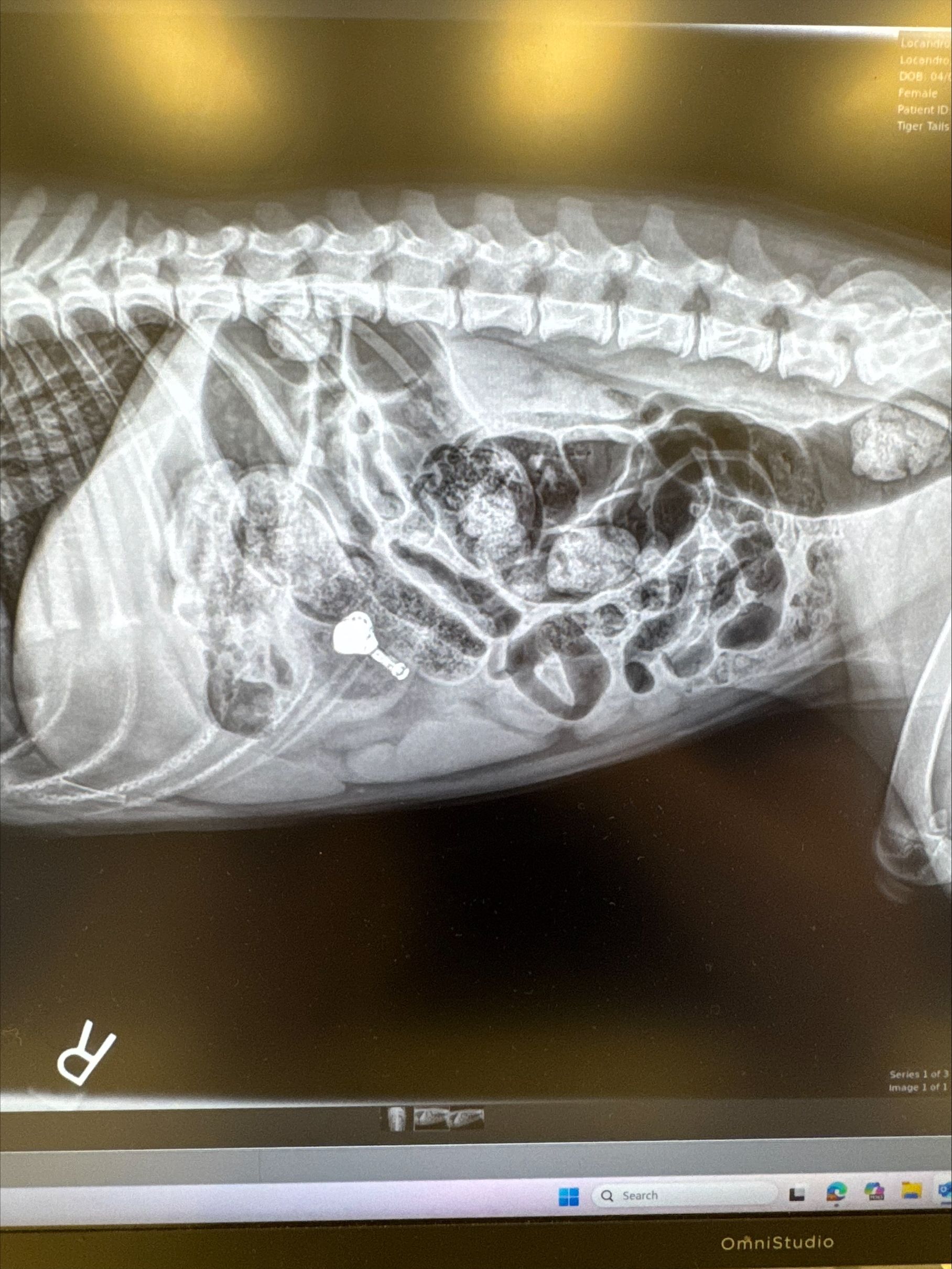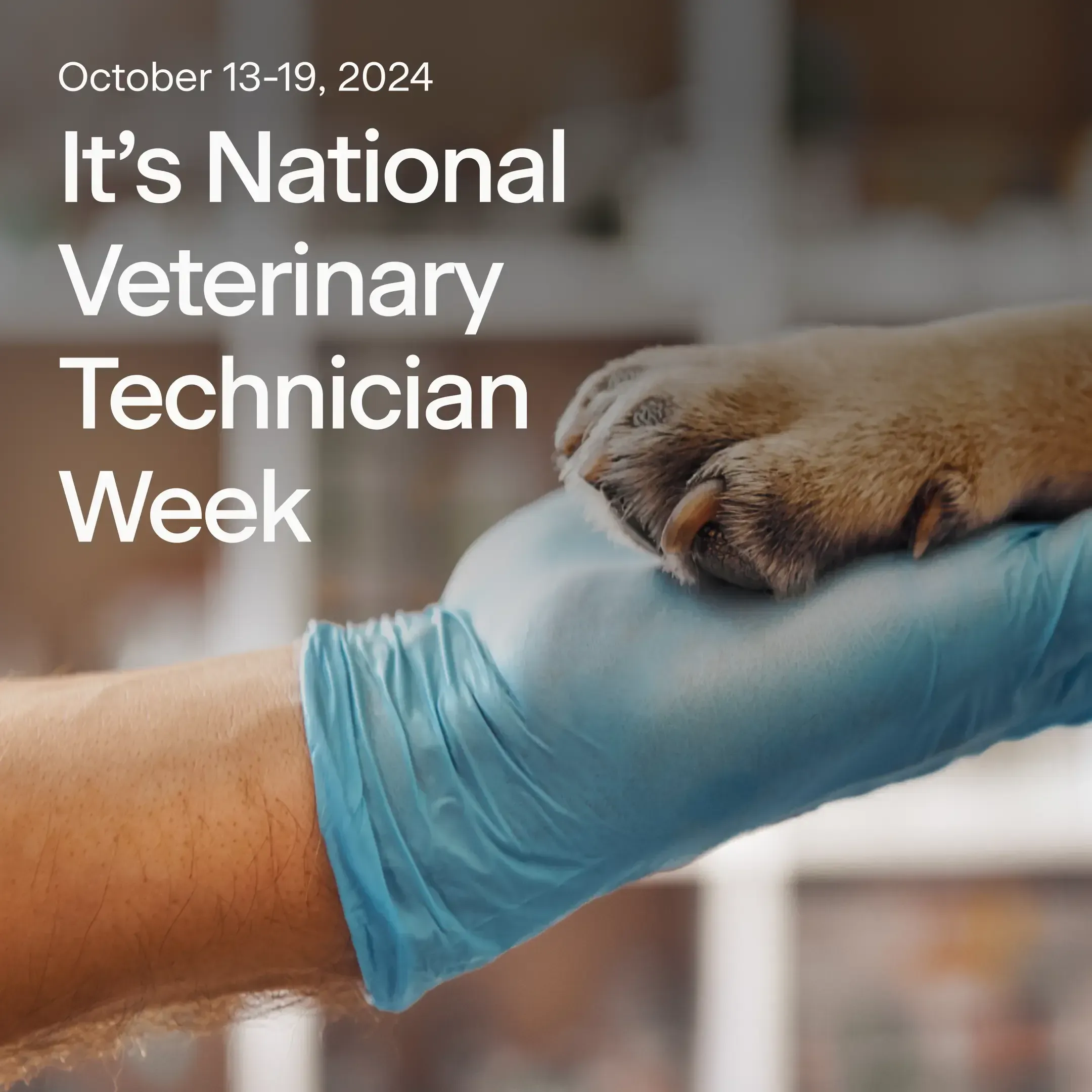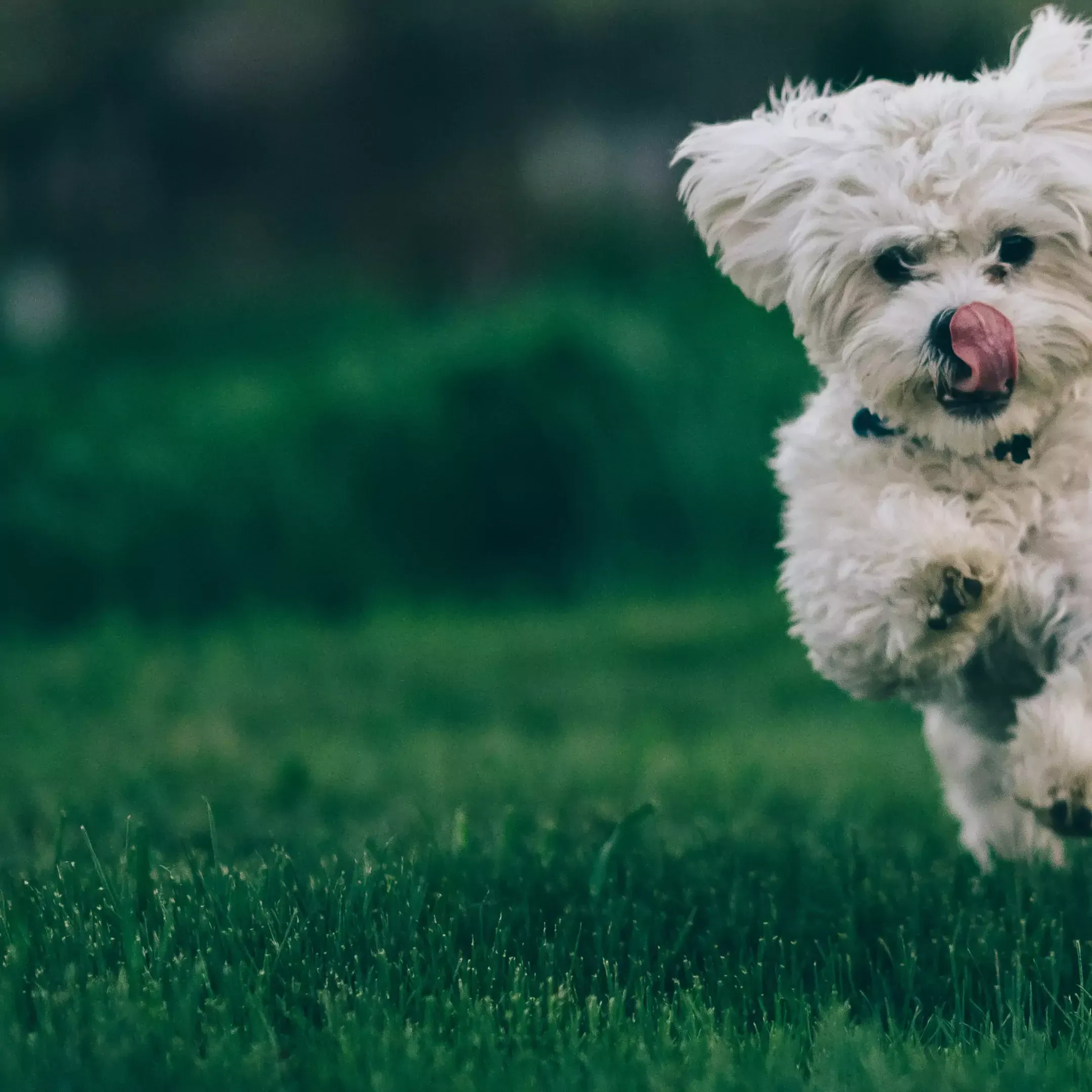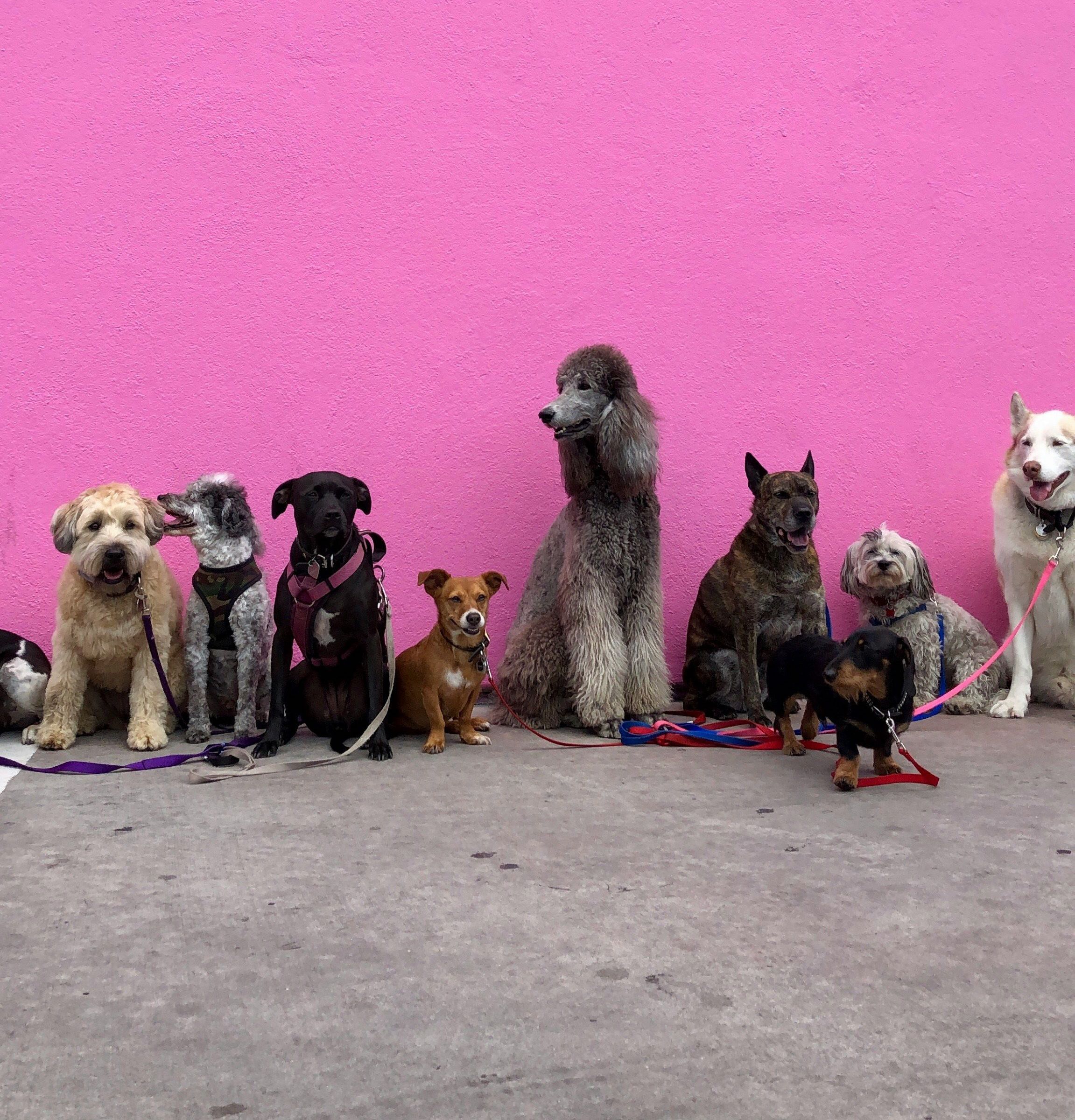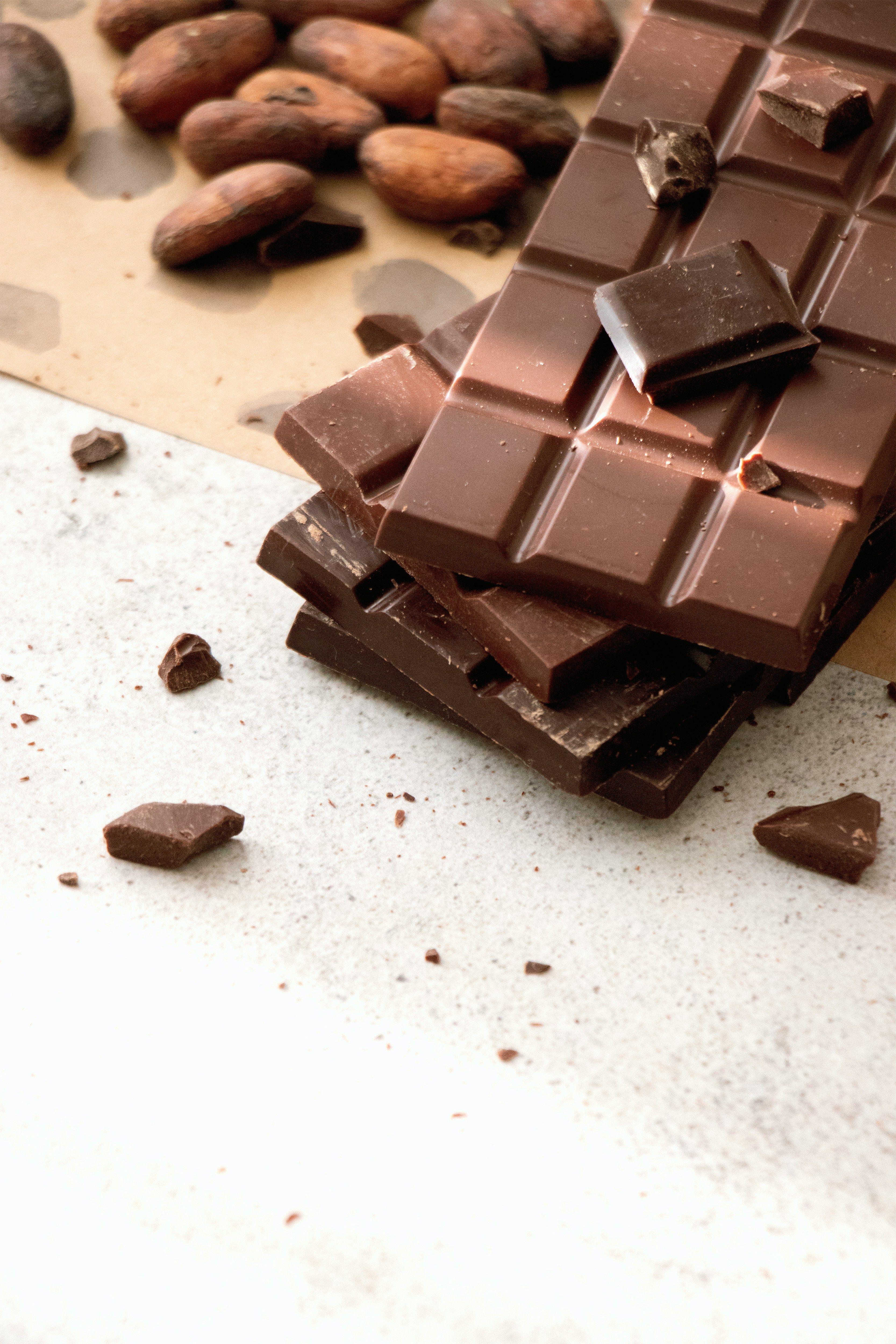A 6-month-old female intact Golden Retriever puppy presented to Ruby Veterinary Urgent Care after ingesting an AirPod. Upon arrival, she was bright, alert, and responsive. Her physical examination was unremarkable aside from being ABSOLUTELY adorable.
Initial treatment options were discussed with the owner, including:
- Inducing vomiting (emesis), or
- Taking abdominal radiographs to confirm ingestion, or
- Feeding a bulking diet and monitoring stool for passage of the foreign object
The owner elected to proceed with emesis induction.
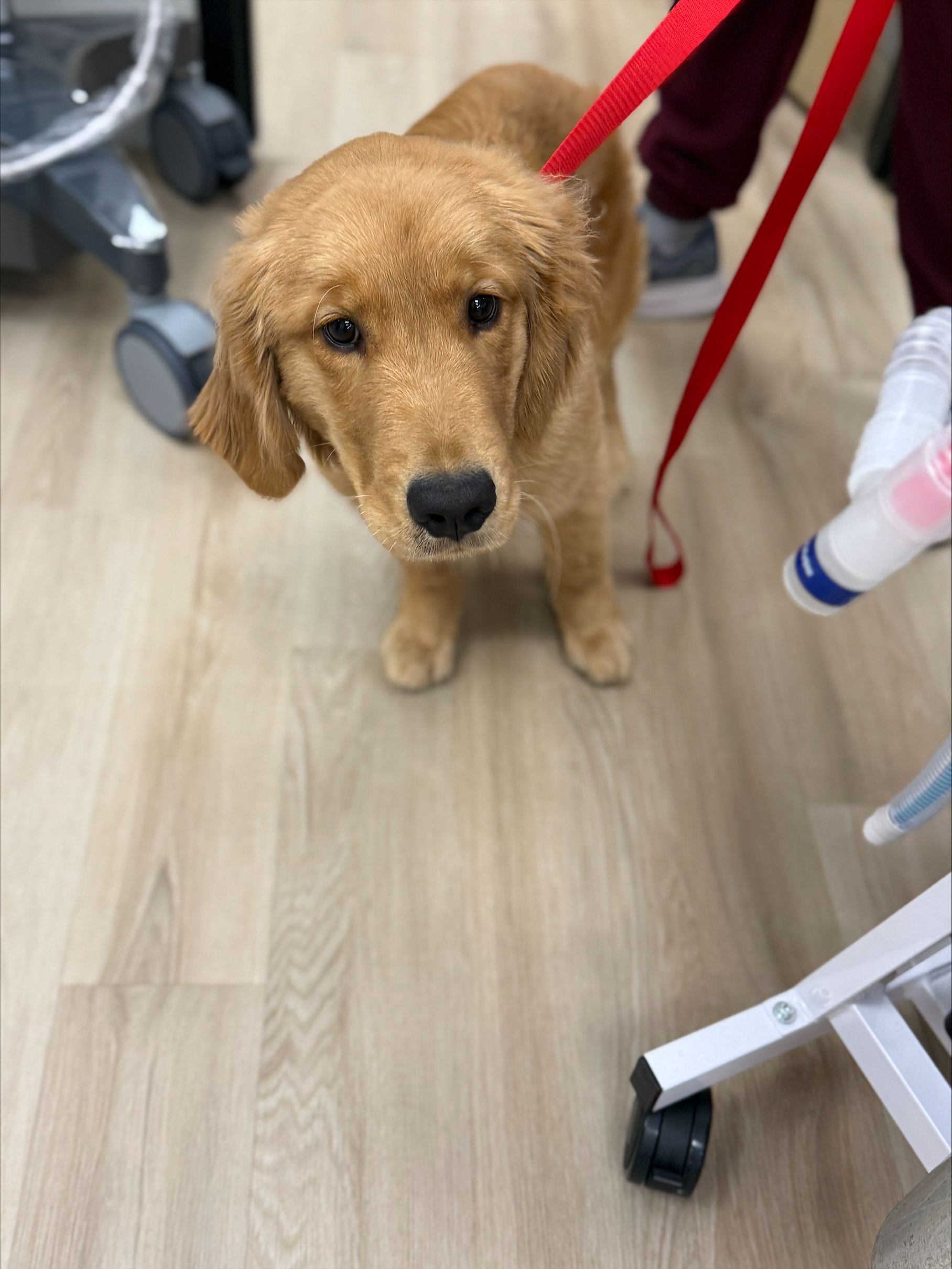
Use of Clevor (ropinirole ophthalmic solution)
Clevor was administered at a dose appropriate for the patient's weight. This ophthalmic solution contains ropinirole, a full dopamine agonist with selectivity for dopamine D2-like family receptors. It works by activating the D2-like receptors in the chemoreceptor trigger zone (area postrema), which transmits signals to the vomiting center and initiates emesis.
Clevor is the first and only FDA-approved product specifically for inducing vomiting in dogs. Before its approval in 2020, veterinarians used apomorphine or 3% hydrogen peroxide, both of which were off-label. Apomorphine is administered via injection or placed under the eyelid but must be ordered from a compounding pharmacy. Hydrogen peroxide has largely fallen out of favor due to side effects such as severe gastrointestinal irritation, esophagitis, ulcers, difficulty in administration, and the risk of aspiration.
Initial Outcome and Next Steps
Following administration, the patient displayed signs of nausea and successfully vomited various foreign materials, including a ribbon, an elastic hair band, and plastic. However, the AirPod was not among the expelled items.
The treatment options were revisited, which included:
- Feeding again and repeating emesis induction, or
- Taking radiographs to confirm the AirPod’s location, or
- Continuing to bulk feed and monitor for passage
The owners asked whether endoscopic retrieval was possible. Since ingestion was not yet radiographically confirmed, we advised against proceeding with endoscopy at that time.
Radiographic Confirmation and Referral for Endoscopy
After 48 hours of monitoring, the AirPod had not passed. The owners brought the patient to their primary care veterinarian, where abdominal radiographs confirmed the AirPod remained in the stomach. She was promptly referred back to Ruby Veterinary Urgent Care for endoscopic retrieval.

Endoscopic Procedure and Recovery
The patient returned around 7:00 PM. An IV catheter was placed, and the patient was premedicated with butorphanol (0.2 mg/kg) followed by propofol (4 mg/kg) to induce sedation. She was then intubated and maintained on isoflurane inhalant anesthesia.
The patient was placed in left lateral recumbency. A flexible video endoscope was inserted into the stomach. Gastric contents were suctioned to improve visibility. On retroflexion of the scope, the AirPod was visualized in the gastric cardia. A single-loop snare was advanced through the biopsy channel and successfully used to retrieve the AirPod.
After removal, the endoscope was reinserted to decompress the stomach and perform a final inspection for any trauma, abrasions, or ulcerations caused by the foreign object or procedure. None were observed. The patient recovered uneventfully from anesthesia and was discharged once fully alert and ambulatory. Total anesthesia time was approximately 35 minutes.

Why Endoscopy Matters
Endoscopic removal is an excellent option for retrieving gastric foreign bodies, particularly when the object is still located in the stomach. Once the foreign material moves into the intestines, endoscopic retrieval becomes impossible due to the limited reach of the instrument.
Previously, if vomiting was unsuccessful or contraindicated such as with sharp or caustic objects, surgical removal was the only alternative. However, endoscopy now offers a minimally invasive, cost-effective solution with shorter recovery times.
Important Considerations Before Endoscopy
Before recommending endoscopic retrieval, several factors must be evaluated:
- Size and shape of the object
- Sharpness or risk of trauma
- Material type such as rubber, plastic, or metal
- Ability to grasp the object with available tools
- Risk of damaging the esophagus or lower esophageal sphincter
In this case, we considered the potential risk that the AirPod casing had been damaged, potentially exposing a lithium-ion battery. If chewed, these batteries can leak corrosive material, leading to significant gastrointestinal burns. However, based on a detailed history, the AirPod was not believed to have been chewed before ingestion. After evaluating the risks, we opted for continued monitoring followed by endoscopy.
Treatment Options for Gastric Foreign Bodies
The treatment approach depends on:
- The type of object ingested
- Time since ingestion
- Patient symptoms
- Diagnostic findings
- Clinician experience
Management options include:
- Monitoring
- Inducing vomiting
- Endoscopic removal
- Surgical intervention
At Ruby Veterinary Urgent Care, we are proud to offer endoscopic foreign body retrieval as a minimally invasive alternative to surgery. This option is often less expensive and is associated with a faster recovery for the patient. If you believe your pet has a recent foreign body ingestion, please call us to discuss your options.
